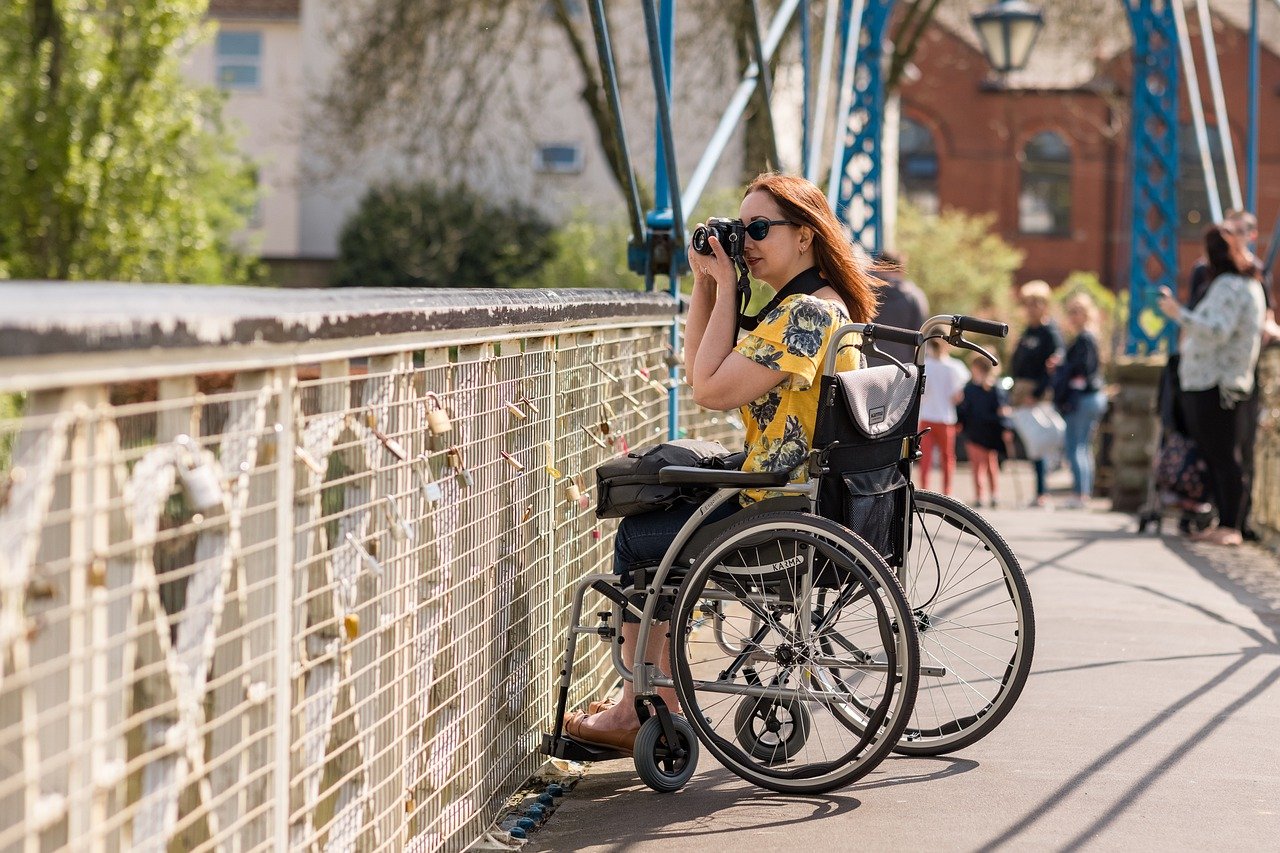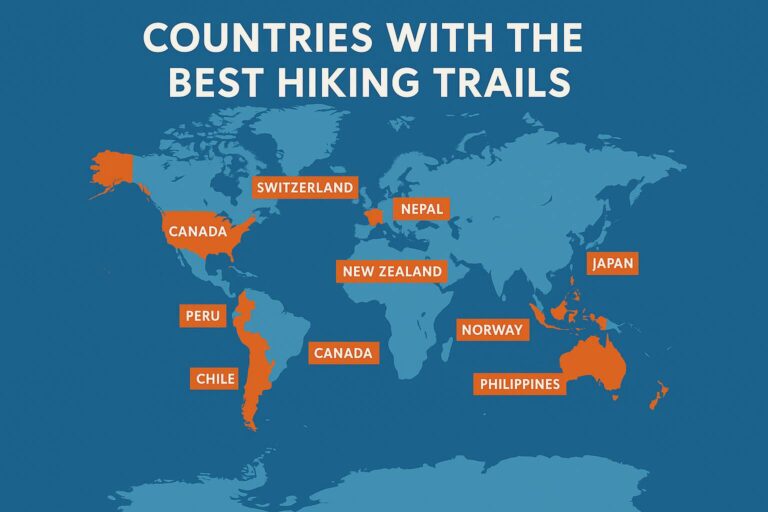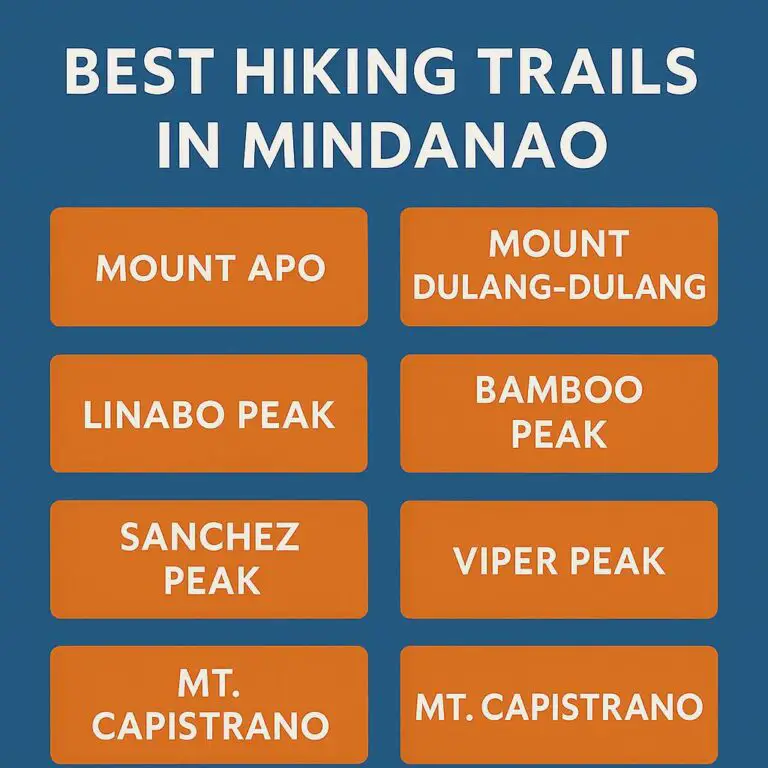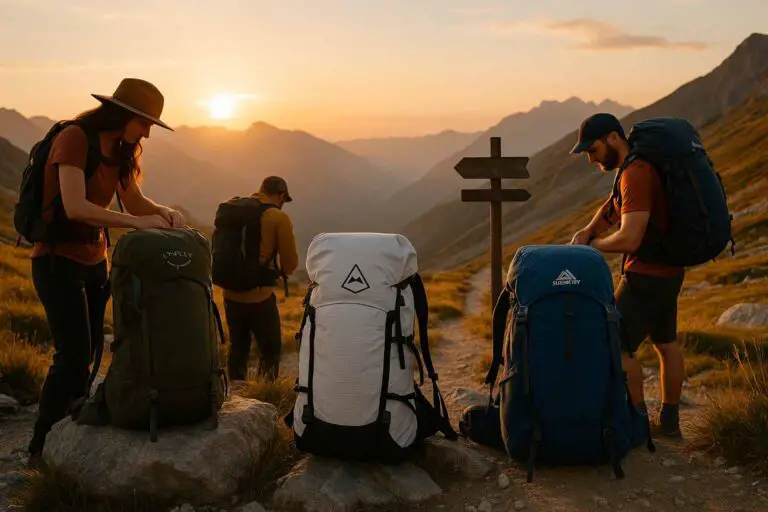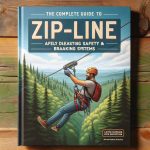Hiking is a popular outdoor activity that offers numerous physical and mental health benefits. It allows people to connect with nature, get exercise, and enjoy the beauty of the great outdoors. However, for individuals with disabilities or limited mobility, traditional hiking gear may not be suitable. That’s where adaptive hiking gear comes into play. In this comprehensive guide, we’ll explore the world of adaptive hiking gear and how it can make outdoor adventures accessible to people of all abilities.
The Importance of Inclusivity in Outdoor Activities
Outdoor activities like hiking have long been enjoyed by individuals of all ages and abilities. However, the idea of inclusivity in outdoor adventures has gained more attention in recent years. Inclusivity means ensuring that everyone, regardless of their physical or cognitive abilities, can participate in and enjoy outdoor activities. Adaptive hiking gear plays a crucial role in achieving this goal by making hiking accessible to a broader range of individuals.
Benefits of Adaptive Hiking Gear
- Inclusivity: Adaptive hiking gear enables people with disabilities to enjoy the outdoors alongside their friends and family, fostering a sense of inclusivity and togetherness.
- Physical and Mental Health: Hiking provides exercise, fresh air, and a connection to nature, which are essential for physical and mental well-being. Adaptive gear ensures that these benefits are accessible to all.
- Independence: Adaptive gear empowers individuals with disabilities to become more independent in their outdoor adventures, as they can participate more actively and confidently.
- Quality of Life: Outdoor activities like hiking can significantly improve the quality of life for individuals with disabilities by providing them with a sense of accomplishment and adventure.
Types of Adaptive Hiking Gear
Adaptive hiking gear encompasses a wide range of equipment designed to meet the needs of individuals with various disabilities and limitations. Here are some key categories of adaptive hiking gear:
1. Mobility Aids
Mobility aids are essential for hikers with limited mobility or those who use wheelchairs. These aids help individuals traverse uneven terrain, gravel paths, or rugged trails. Popular mobility aids include:
- All-Terrain Wheelchairs: These specialized wheelchairs are designed with rugged wheels and sturdy frames to handle off-road conditions. They offer greater mobility and comfort on hiking trails.
- TrailRiders: TrailRiders are one-wheeled, all-terrain vehicles designed for one person to be pushed and pulled by a team of helpers. They are ideal for individuals who require assistance on the trail.
- Hiking Sticks and Trekking Poles: These provide stability and balance, especially on uneven terrain. Adjustable hiking sticks and trekking poles are available to accommodate various heights and preferences.
2. Adaptive Seating
For hikers who need additional support and comfort, adaptive seating solutions are available:
- Cushioned Seat Pads: These pads can be added to wheelchairs or seating systems to provide extra comfort during extended hikes.
- Adaptive Seating Systems: These systems include customizable seat cushions and supports, allowing individuals to create a comfortable and supportive seating arrangement for their unique needs.
3. Assistive Technology
Advancements in technology have led to the development of adaptive hiking gear that integrates assistive technology:
- GPS Devices: GPS devices with accessible interfaces and audio navigation can help individuals with visual impairments navigate hiking trails independently.
- Communication Devices: For hikers with communication difficulties, portable communication devices equipped with voice output capabilities can be used to interact with fellow hikers and emergency services if needed.
4. Adaptive Apparel
Appropriate clothing is essential for comfort and safety during a hike. Adaptive hiking apparel is designed to meet the specific needs of individuals with disabilities:
- Adaptive Pants: These feature adjustable waistbands, zippers, and magnetic closures for easier dressing and undressing.
- Moisture-Wicking Fabrics: Clothing made from moisture-wicking materials helps manage sweat and maintain comfort, especially during strenuous hikes.
5. Accessible Backpacks and Carriers
Hikers often need to carry essential gear, snacks, and water. Adaptive backpacks and carriers are designed with accessibility in mind:
- Front-Facing Backpacks: These allow individuals with limited reach to access their belongings without assistance.
- Adaptive Carriers: Designed for carrying children or smaller adults with mobility impairments, these carriers offer safety and comfort for both the hiker and the passenger.
Choosing the Right Adaptive Hiking Gear
Selecting the appropriate adaptive hiking gear requires careful consideration of individual needs and preferences. Here are some essential factors to keep in mind when choosing gear:
1. Individual Requirements
Begin by assessing the specific needs of the hiker. Consider factors such as mobility level, sensory impairments, communication abilities, and comfort preferences.
2. Terrain and Trail Difficulty
The type of terrain and the difficulty level of the hiking trail should influence gear choices. For rugged terrain, all-terrain wheelchairs and robust mobility aids may be necessary, while smoother trails may require less specialized equipment.
3. Comfort and Support
Prioritize comfort and support when selecting adaptive seating and apparel. The right gear can make a significant difference in the hiker’s overall experience.
4. Ease of Use
Choose gear that is user-friendly and can be operated independently whenever possible. This promotes a sense of autonomy and self-reliance among hikers.
5. Safety
Safety should always be a top priority. Ensure that adaptive gear is well-maintained and inspected regularly for any signs of wear or damage.
6. Budget
Consider the cost of adaptive hiking gear, as specialized equipment can be an investment. Explore funding options, grants, and assistance programs to help cover the expenses if needed.
Where to Find Adaptive Hiking Gear
Finding the right adaptive hiking gear can be challenging, but several resources and organizations are dedicated to making outdoor adventures accessible to all. Here are some places to look for adaptive gear:
1. Specialized Retailers
Many specialized retailers offer a wide range of adaptive hiking gear, from all-terrain wheelchairs to adaptive clothing and accessories. These retailers often have knowledgeable staff who can assist with gear selection.
2. Nonprofit Organizations
Several nonprofit organizations are dedicated to providing adaptive gear and outdoor experiences to individuals with disabilities. They may offer equipment rentals or grants to help cover the cost of gear.
3. Adaptive Sports Programs
Adaptive sports programs and organizations often have adaptive hiking gear available for participants to use during organized outings and events.
4. Online Marketplaces
Online marketplaces such as Amazon and eBay may have a selection of adaptive hiking gear, though it’s essential to research and read reviews to ensure the quality and suitability of the products.
5. Local Outdoor Retailers
Some local outdoor retailers may carry adaptive gear or be willing to order it for customers. It’s worth inquiring with retailers in your area to explore available options.
Tips for a Safe and Enjoyable Adaptive Hike
Once you’ve selected the appropriate adaptive hiking gear, it’s time to hit the trails. Here are some tips to ensure a safe and enjoyable hiking experience:
1. Plan Ahead
Before heading out, research the trail you plan to hike, including its length, difficulty, and any accessible features. Inform someone about your hiking plans and estimated return time.
2. Test Gear
Before embarking on a challenging hike, spend some time familiarizing yourself with the adaptive gear. Ensure that you know how to operate and adjust it as needed.
3. Pack Essentials
Pack essentials such as water, snacks, a first-aid kit, a flashlight, and any necessary medications. Consider the weather conditions and dress accordingly.
4. Hike with a Group
Hiking with a group is not only safer but also more enjoyable. Having companions can provide assistance if needed and enhance the overall experience.
5. Be Mindful of Terrain
Pay close attention to the terrain and trail conditions. Take breaks as needed and use mobility aids or assistive devices as necessary to navigate challenging sections.
6. Respect Nature
Leave no trace and respect the environment by following Leave No Trace principles. Stay on designated trails, dispose of waste properly, and minimize your impact on the ecosystem.
7. Have an Emergency Plan
Be prepared for emergencies by carrying a charged cell phone with emergency contacts saved. Familiarize yourself with the nearest emergency exits and know how to signal for help if necessary.
8. Enjoy the Journey
Above all, take the time to enjoy the beauty of nature and the sense of accomplishment that comes with conquering a trail. Hiking is not just about reaching a destination; it’s about the journey itself.
Success Stories of Adaptive Hikers
To inspire and showcase the possibilities of adaptive hiking gear, let’s explore a few success stories of individuals who have overcome physical challenges to enjoy the great outdoors:
1. Aron Anderson
Aron Anderson, a Swedish athlete and adventurer, was paralyzed from the waist down at the age of 16 due to cancer. Despite his disability, he has completed numerous hiking and outdoor expeditions, including reaching the summit of Kilimanjaro in a handcycle. His journey demonstrates the power of adaptive gear and determination.
2. Melissa Pemberton
Melissa Pemberton, a paraplegic pilot and outdoor enthusiast, uses adaptive hiking gear to explore challenging terrains. She often uses a TrailRider to navigate trails, allowing her to access areas that were once thought to be off-limits.
3. Brad Zdanivsky
Brad Zdanivsky, who has a spinal cord injury, has accomplished remarkable feats in the world of adaptive hiking and mountaineering. He has successfully summited challenging peaks like Mount Everest, relying on specially designed adaptive gear and a team of skilled mountaineers.
These stories highlight the resilience and determination of individuals who have embraced adaptive hiking gear to pursue their passion for the outdoors. Their achievements serve as an inspiration to others and demonstrate that with the right equipment and mindset, there are no limits to what can be accomplished.
The Future of Adaptive Hiking Gear
As technology continues to advance, the future of adaptive hiking gear looks promising. Here are some exciting developments on the horizon:
1. Smart Assistive Devices
The integration of smart technology into adaptive gear is on the rise. Smart assistive devices can provide real-time feedback, navigation assistance, and safety features to enhance the hiking experience.
2. 3D Printing
3D printing technology is making it easier to customize adaptive gear to individual needs. This allows for more precise and comfortable solutions for hikers with disabilities.
3. Sustainable Materials
The use of sustainable and eco-friendly materials in the manufacturing of adaptive gear is becoming increasingly important. This shift toward sustainability aligns with broader efforts to protect and preserve the natural environment.
4. Greater Accessibility
As awareness of adaptive hiking gear continues to grow, there is a push for greater accessibility and affordability. Initiatives and programs are working to ensure that adaptive gear is readily available to all who need it.
Conclusion
Adaptive hiking gear is revolutionizing outdoor adventures by making them accessible to individuals of all abilities. Whether you have limited mobility, sensory impairments, or other disabilities, there is adaptive gear designed to meet your specific needs. By choosing the right equipment, planning carefully, and following safety guidelines, individuals with disabilities can embark on exciting and rewarding hiking journeys.
The power of adaptive hiking gear extends beyond physical accessibility; it promotes inclusivity, independence, and a deeper connection to the natural world. As technology advances and awareness grows, the future of adaptive hiking gear holds even greater promise, ensuring that outdoor adventures remain a source of joy and inspiration for everyone, regardless of their abilities. So, get out there, embrace the beauty of nature, and experience the freedom of the trail with adaptive hiking gear by your side.

